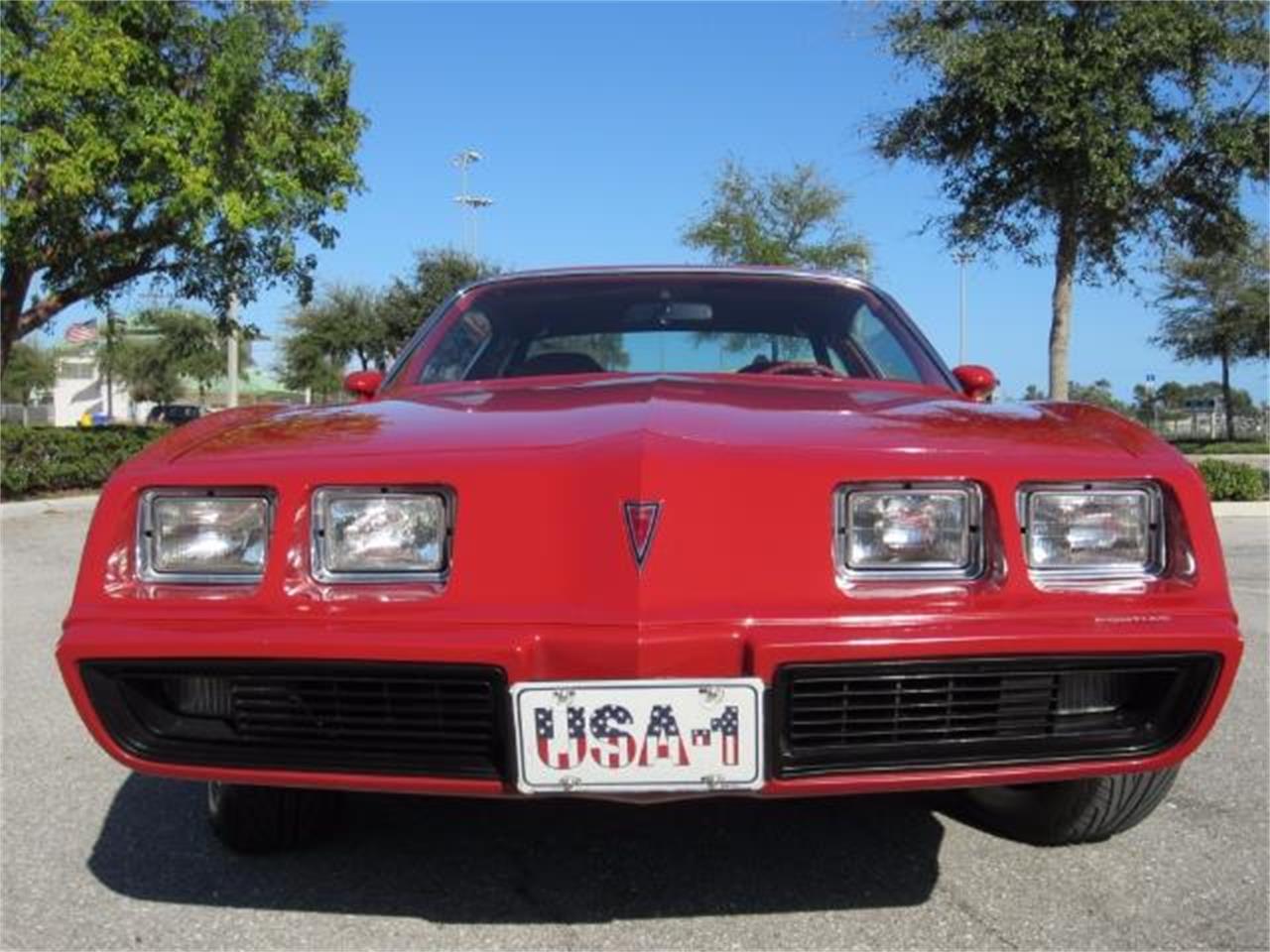
Even saddled with the mandatory three-speed automatic, publications at the time were getting quarter-mile runs in the 17s, which put the Turbo Trans Am near the head of the pack of cars in its class. The turboed engine made about 210 horsepower, which was pretty good for the era, and the notion of a turbocharged engine was exotic enough to potentially attract buyers. While the naturally aspirated 301 was the base engine, Pontiac engineers hoped the optional turbo 301 would satisfy those who wanted a bit more oomph. A lot of folks don’t realize that the car’s name was literally “Turbo Trans Am” and was identified as such both on the car’s decals and in sales literature. This article is about Pontiac’s mighty Turbo T/A.īy the late 1970s, emissions restrictions meant the Pontiac 400/455 and the Oldsmobile-sourced 403 V8s were gone, leaving the Trans Am without a suitable high-performance powerplant. The era of engine-sharing had arrived, and a lot of the General’s brand-specific engines went away-including the Pontiac V8 and its 301 turbo variant. (Image/OnAllCylinders)īut for Pontiac, probably the biggest reason the turbo 301 only lasted two years was cost-cutting at GM. And it made sure to slap the word “Turbo” up there too. Much like it had done on earlier T/As, Pontiac used the metric designation instead of cubic inches on the hood bulge. Running lower octane gasoline meant that ignition knock/detonation was a common issue and the engine’s electronic ignition controller was often forced to retard the spark timing, resulting in poor performance. The main issue was perhaps that, thanks to the higher compression from the turbo boost, these engines typically had to run premium unleaded fuel-which could be difficult to come by at the time. Yet in real world applications, the technology was still a few years away from large-scale adoption. In the GM test lab, turbocharging solved both the emissions and fuel efficiency issues. In this touched-up drawing, you can see the 301’s turbo (red) placed near the carburetor(!), atop the engine. As the 1970s rolled on, Pontiac engineers felt turbocharging was a solution, and outfitted the new 301 cubic inch version of the venerable Pontiac V8 with a turbo generating about 9 PSI of boost. Enter the 1970s: Gas Shortages & Emissions Controlsįast forward a few years and every auto manufacturer was soon tasked with making their cars run cleaner and more efficiently. The Corvair? Well, it had its share of other, non turbo-related troubles.īesides, gas was cheap at the time and, much like Pontiac discovered with its Sprint 6, many folks simply just preferred the rumble and power of a big-cube V8. For instance, Oldsmobile’s water-methanol reservoir often ran dry from inattentive owners, hindering engine performance. (Image/GM Heritage Center)ĭue to a confluence of issues, neither of these engines lasted very long in production. The folks at Oldsmobile stuffed a turbocharged engine into the short-lived F-85 Jetfire too. of torque.Īcross the hall, Oldsmobile stuffed a turbocharged 215 cubic inch V8 into its 1962 Jetfire, calling it the “Turbo Rocket.” That engine was good for 215 horsepower and had a clever water-methanol injection system to mitigate spark knock and detonation issues stemming from the engine’s relatively high compression. Nope, Chevy developed a turbocharged version of the Corvair’s air-cooled six way back in 1962.

Let’s be clear, the Turbo Trans Am wasn’t GM’s first foray into turbochargers and forced induction. (Image: Turbocharged engine in a 1962 Chevrolet Corvair by SFoskett | CC BY-SA 3.0) That particular engine would cross paths with the Trans Am later on as well, but we’ll get to that in a sec… GM’s Turbocharged History GM had developed a pair of turbocharged engines over a decade earlier. Oh, and it’s absolutely worth mentioning that around the same time that the Turbo Trans Am was being developed, the folks over at Buick were turbocharging the venerable 3.8L V6 that would eventually propel the legendary Buick Grand National. In some ways, that turbo 301ci motor and its modest 210(ish) horsepower foreshadowed General Motors’ later forced induction engines that powered some tire-shredding performance cars like the 2009 Corvette ZR Cadillac Blackwings. We spotted this Turbo Trans Am at the 2021 Hot Rod Power Tour as it stopped in Dayton, Ohio. Take Pontiac for instance, and its experimentation with a turbocharged V8 engine that was available in the 19 Trans Am and Firebird Formula. While gearheads often refer to the 1970s as the “malaise era” in vehicle performance, the decade did reveal some glimpses of where engine technology was heading in the future.


 0 kommentar(er)
0 kommentar(er)
